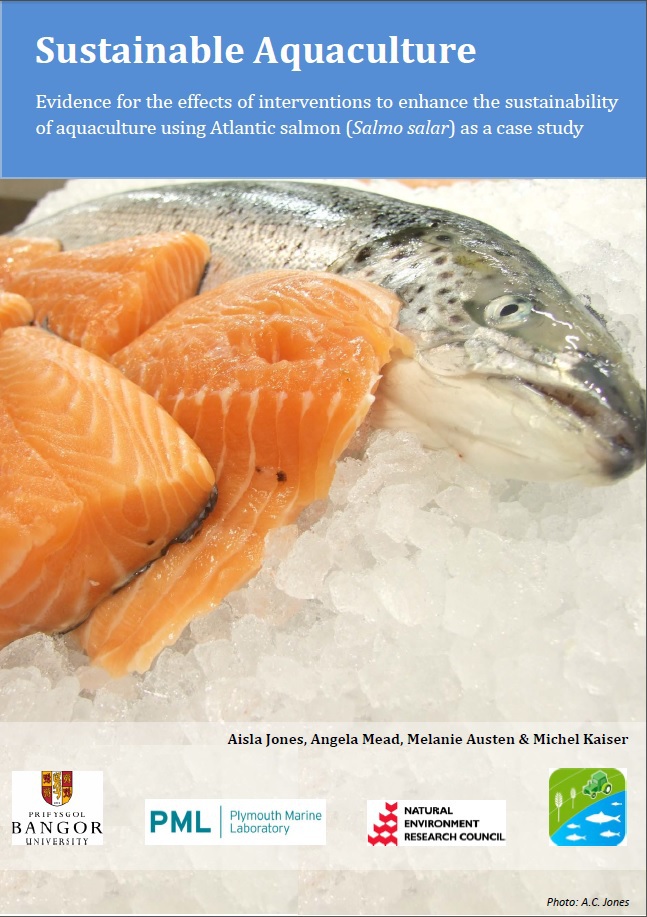Aerobic training
-
Overall effectiveness category Awaiting assessment
-
Number of studies: 1
View assessment score
Hide assessment score
How is the evidence assessed?
-
Effectiveness
not assessed -
Certainty
not assessed -
Harms
not assessed
Study locations
Supporting evidence from individual studies
In 2011, a randomised, replicated, controlled study in Norway (Castro et al., 2011) found increased survival rates in salmon, Salmo salar, exposed to infectious pancreatic necrosis virus due to endurance training. Fish that had undergone aerobic interval training showed higher survival rates (74%) compared with those that had undergone aerobic continuous intensity training or the non-trained control group (64% and 61% survival, respectively). Mortalities began to occur 11 days after exposure and continued until the end of the 31 day experiment. 120 fish were split into the three treatment groups; control untrained fish swimming in tanks with a constant average water speed of 0.05 body lengths/second, continuous intensity training salmon exposed to a constant average water speed of 0.8 body lengths/second and interval trained fish exposed to an average speed of 0.8 body lengths/second for 16 hours per day (including 4 h light–12 h dark). After training, fish were maintained for 6 weeks at a constant average water speed of 0.05 body lengths/second before cohabitation with 60 salmon infected with infectious pancreatic necrosis. Mortality levels were recorded daily for 31 days.
Study and other actions tested
Where has this evidence come from?
List of journals searched by synopsis
All the journals searched for all synopses
This Action forms part of the Action Synopsis:
Sustainable Aquaculture
Sustainable Aquaculture - Published 2013
Atlantic salmon Aquaculture Synopsis





)_2023.JPG)














